Researchers led by a team at Visvesvaraya National Institute of Technology in India have simulated a tandem solar cell based on a lead-free halide perovskite top cell with a wide energy bandgap of 1.6 eV and a copper-indium-gallium-selenide (CIGS) bottom device with a narrow bandgap of 1.1 eV.
The novel two-terminal device has a potential conversion efficiency of 26.06%
“The current study focuses on minimizing the losses associated with single junction solar cells like thermalization and transmission losses by using a novel device structure consisting of perovskite (CsGeI3) and CIGS,” Sushama M. Giripunje, corresponding author of the research, told pv magazine, adding that it was a first attempt to pair a top cell based on CsGeI3 with a bottom CIGS cell in a tandem structure.
The scientists described how they used SCAPS 1D to simulate a novel tandem CsGeI3 perovskite-CIGS cell in “Numerical Simulation Analysis of Two-Terminal Monolithic Perovskite-CIGS Tandem Solar Cell for Enhanced Photovoltaic Performance Using SCAPS-1d,” published by Langmuir.
The group designed the tandem solar cell structure using a filtered spectrum approach.
To ensure the accuracy of the simulated results, the team first calibrated both the top and bottom solar cells using experimental data and then compared the simulated results with experimental findings.
They investigated the impact of thickness, parasitic resistance, temperature, quantum efficiency, band diagram, absorption coefficients, and two-diode model equivalent circuit parameters on solar cell performance.
They designed a CsGeI3/CIGS tandem solar cell with a 273 nm top cell, simulated under AM1.5G, and a 1000 nm bottom cell.
The SCAPS software predicted power conversion efficiencies were 16.93% and 16.49%, respectively. The tandem device conversion efficiency was 26.06% with an open-circuit voltage of 1.73 V, short-circuit current density of 19.32 mA cm−2, and a fill factor of 77.98%.
“This perovskite-CIGS tandem design demonstrates a promising route for developing high-efficiency, low-cost tandem solar cells,” said Giripunje.
This content is protected by copyright and may not be reused. If you want to cooperate with us and would like to reuse some of our content, please contact: editors@pv-magazine.com.
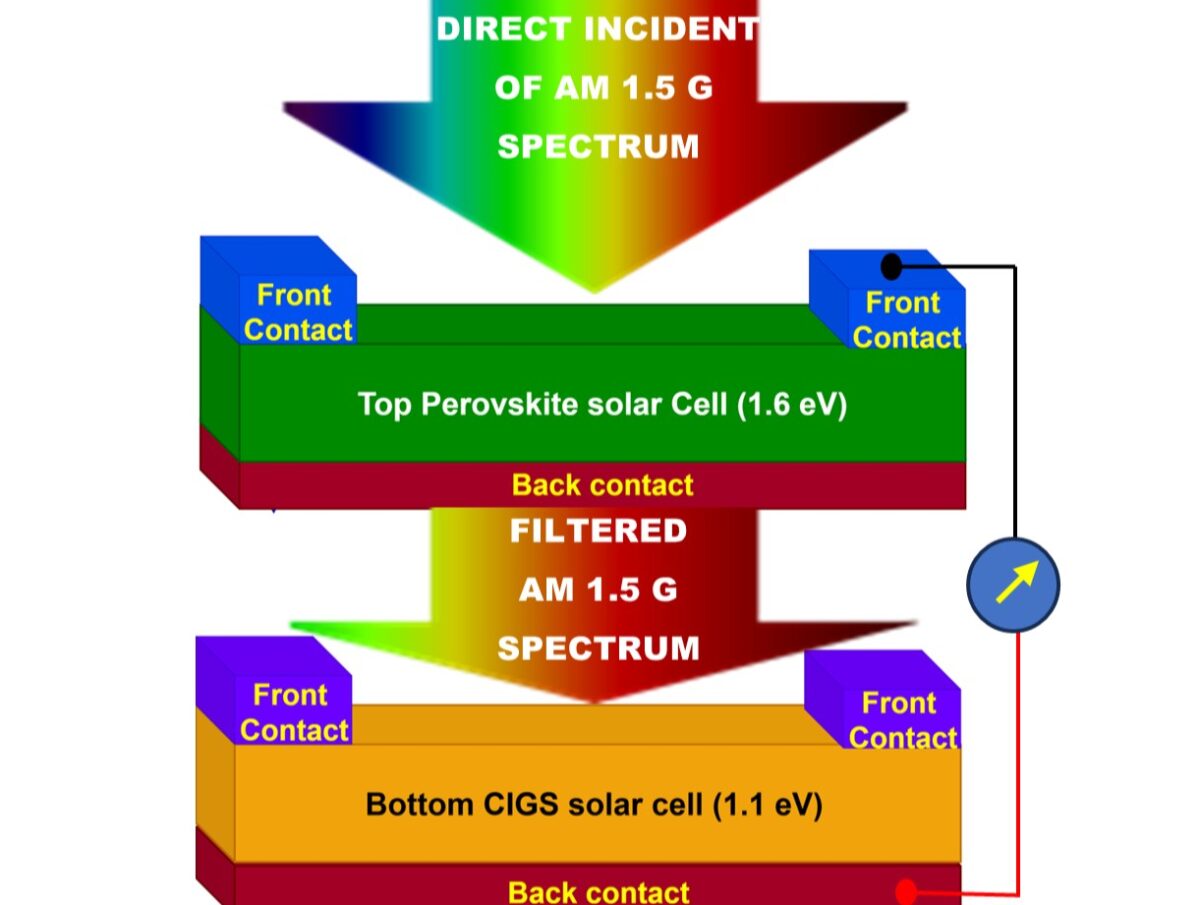
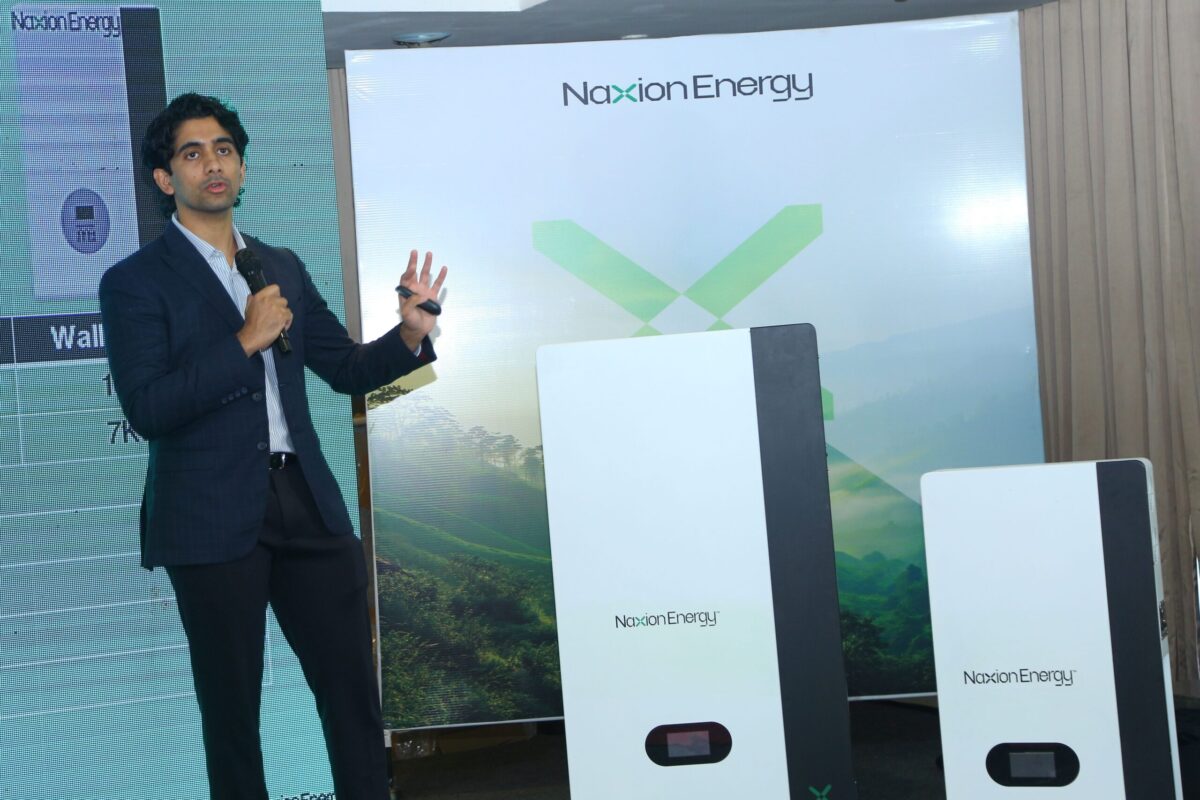

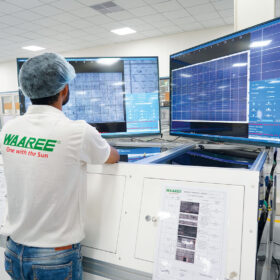
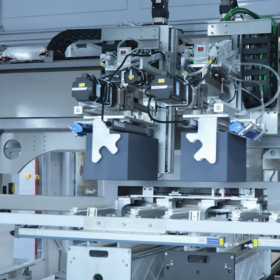
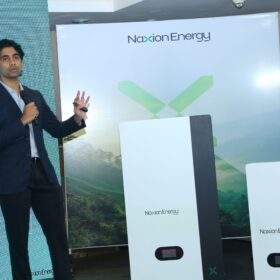

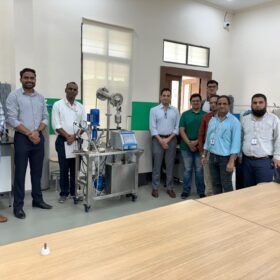
By submitting this form you agree to pv magazine using your data for the purposes of publishing your comment.
Your personal data will only be disclosed or otherwise transmitted to third parties for the purposes of spam filtering or if this is necessary for technical maintenance of the website. Any other transfer to third parties will not take place unless this is justified on the basis of applicable data protection regulations or if pv magazine is legally obliged to do so.
You may revoke this consent at any time with effect for the future, in which case your personal data will be deleted immediately. Otherwise, your data will be deleted if pv magazine has processed your request or the purpose of data storage is fulfilled.
Further information on data privacy can be found in our Data Protection Policy.